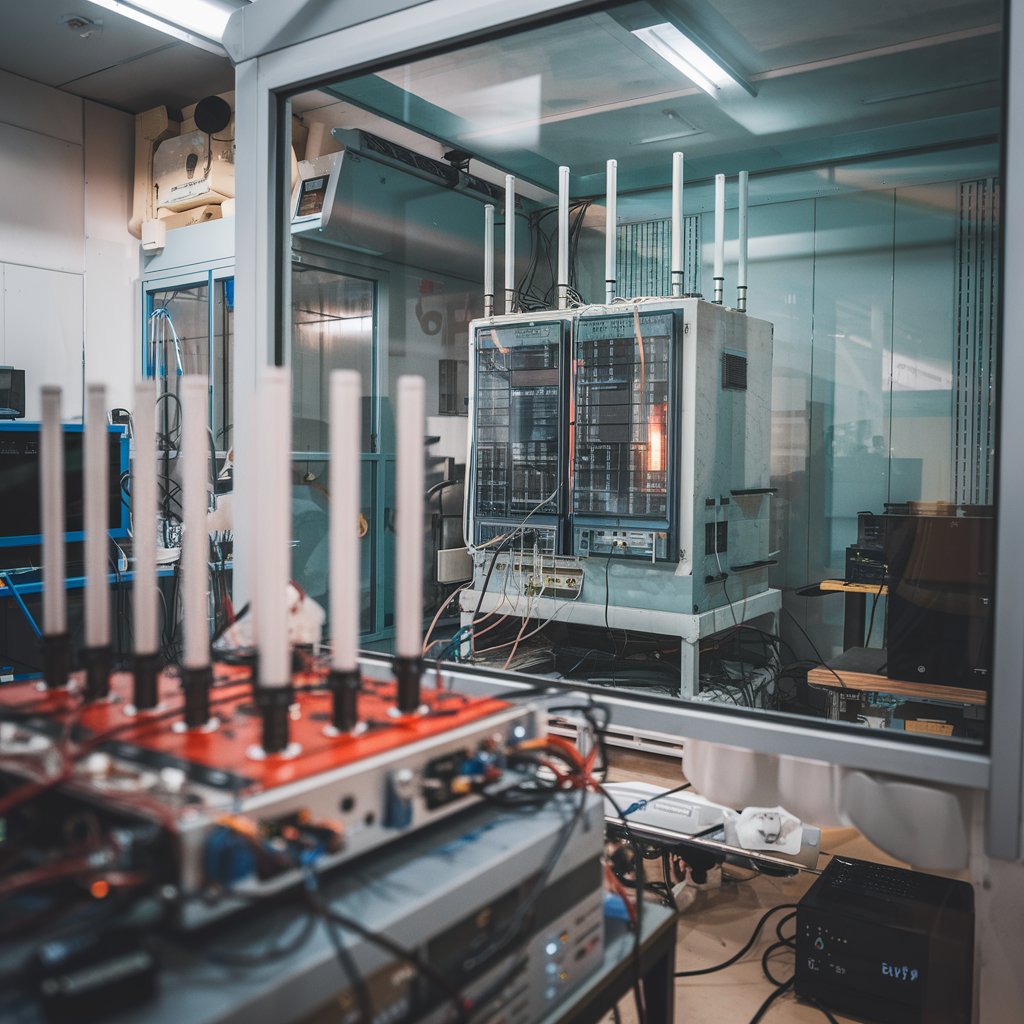The Over-The-Air (OTA) testing industry is poised for significant transformation as technological advancements continue to reshape the landscape of wireless communications. As the demand for seamless connectivity escalates, understanding the future trends in the OTA testing industry becomes essential for businesses aiming to stay competitive. Here, we explore the key trends that are expected to shape the OTA testing landscape in the coming years.
The OTA Testing industry is expected to reach USD 3.17 billion by 2029, up from USD 2.23 billion in 2024, at a CAGR of 7.3% from 2024 to 2029.Rising demand for wireless consumer devices, growing adoption of 5G technology, expansion of the Internet of Things (IoT) ecosystem, and stringent regulatory requirements for wireless devices are some of the major factors contributing to the growth of the OTA testing market. Moreover, opportunities such as advancements in autonomous vehicles, growth in smart city initiatives and infrastructure, advancements in millimeter wave (mm-wave), and massive mimo technologies drive the market growth.
Key trends that are expected to shape the OTA testing landscape in the coming years.
1. Growth of 5G and Beyond
One of the most impactful trends in the OTA testing industry is the widespread rollout of 5G technology. With faster speeds and lower latency, 5G is set to revolutionize communication across various sectors, from automotive to healthcare. The OTA testing industry will need to adapt to these changes by developing new testing protocols that ensure devices meet stringent 5G requirements. This will involve more complex testing environments that can simulate real-world conditions effectively.
2. Expansion of IoT Devices
The Internet of Things (IoT) is experiencing exponential growth, with billions of devices expected to connect to the internet in the near future. The future trends in the OTA testing industry will be significantly influenced by the need for rigorous testing of these devices. Companies will increasingly seek OTA testing solutions that can validate connectivity, interoperability, and performance across a multitude of IoT devices, ensuring they function seamlessly within a larger ecosystem.
Download PDF Brochure @ https://www.marketsandmarkets.com/pdfdownloadNew.asp?id=168439990

3. Increased Automation in Testing Processes
As the complexity of wireless devices grows, so does the need for efficient testing processes. Automation will play a crucial role in the future trends in the OTA testing industry. By implementing automated testing solutions, companies can reduce the time and cost associated with manual testing. Automated systems can quickly assess multiple parameters, enhancing the overall efficiency of the OTA testing process and enabling faster time-to-market for new products.
4. Enhanced Focus on Security
With the rise in connected devices comes an increased risk of security vulnerabilities. Future trends in the OTA testing industry will see a heightened focus on security testing. OTA testing providers will need to incorporate comprehensive security assessments into their testing protocols, ensuring that devices are not only functional but also secure from potential threats. This focus on security will be paramount as more industries, particularly critical sectors like finance and healthcare, adopt wireless technologies.
5. Advanced Simulation Technologies
To effectively test devices in real-world scenarios, the OTA testing industry is turning towards advanced simulation technologies. Techniques such as anechoic chambers and 3D modeling will be increasingly employed to simulate various environmental conditions. These innovations will allow testers to evaluate device performance more accurately, contributing to the development of high-quality, reliable products.
6. Regulatory Compliance and Standardization
As the OTA testing market grows, so does the complexity of regulatory compliance. Future trends in the OTA testing industry will include a stronger emphasis on meeting international standards and regulations. Companies will need to stay abreast of the latest compliance requirements, ensuring that their devices pass certification tests. This will necessitate a more collaborative approach between manufacturers and testing service providers to navigate the evolving regulatory landscape effectively.
7. Integration of AI and Machine Learning
Artificial Intelligence (AI) and Machine Learning (ML) are set to transform the OTA testing landscape by enabling predictive analytics and intelligent decision-making. These technologies can help identify potential issues before they arise, optimize testing processes, and enhance overall testing accuracy. The integration of AI and ML will be a crucial component of future trends in the OTA testing industry, driving innovation and efficiency.
The future trends in the OTA testing industry highlight a dynamic and rapidly evolving landscape that will require businesses to adapt quickly. From the growth of 5G and IoT to the integration of AI and increased automation, the industry is on the cusp of a major transformation. Staying ahead of these trends will be critical for companies looking to maintain their competitive edge and ensure the reliability of their wireless devices in an increasingly connected world. As the OTA testing industry continues to evolve, businesses that embrace these trends will be well-positioned for success.
Top OTA Testing companies are :Rhode & Schwarz (Germany), Keysight Technologies (US), Anritsu (Japan), SGS SA (Switzerland), Intertek Group plc (UK), National Instruments (US), UL LLC (US), Spirent Communications (UK), Bureau Veritas (France), and Eurofins Scientific (Luxembourg). These players have adopted various organic and inorganic growth strategies such as solution and services launch, partnerships, collaborations, acquisitions, and joint ventures.